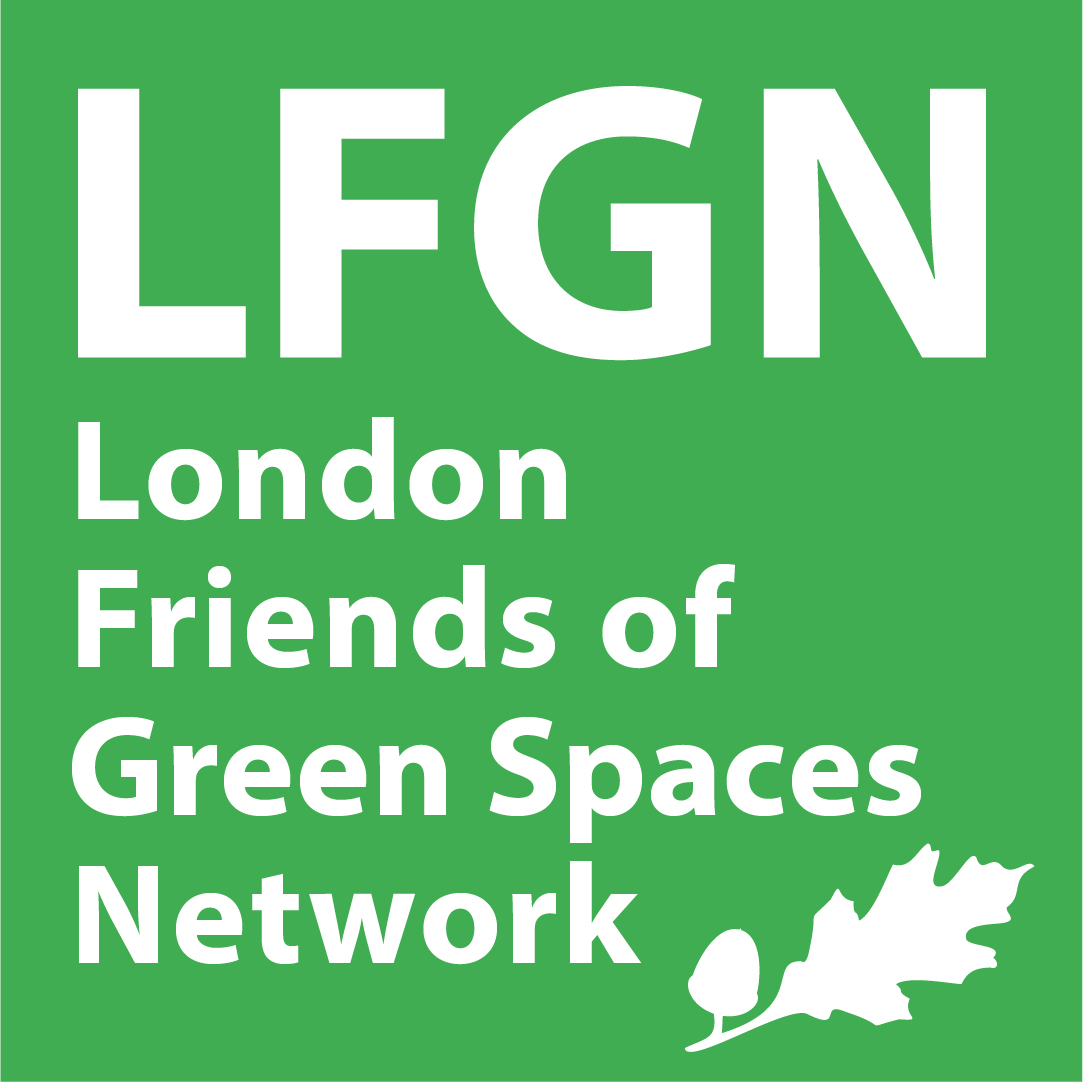The Greater London Authority has a particular interest in the future of public parks in London because the Mayor is obliged to set strategic policy for London’s natural environment and green spaces through his London Plan and his environment strategies. By providing citywide leadership the Mayor also has a role in assisting boroughs to develop new approaches to securing the resources needed to manage and maintain public parks, and to determine the role of parks in a city which continues to grow and develop. The Mayor is also committed to making London a ‘National Park City’ – a policy framework and public campaign to maintain and enhance London’s status as a city of parks and green spaces. The quality and extent of public parks is also highly relevant to the Mayor’s Health Inequalities Strategy and his Economic Development Strategy. Access to green space is one of the key determinants of health; and London’s status as one of the greenest big cities contributes to attracting inward investment and a highly-skilled workforce.
The scale of the problem and the challenge faced by local authorities is set out clearly in the State of UK Public Parks 2016 a recent report from the Heritage Lottery Fund. We do not intend to repeat these arguments here. Suffice to say that the Mayor recognises that public parks need core levels of public funds in order to maintain the basic services and benefits these assets provide. … The advice and recommendations provided in this submission … are drawn from Natural Capital: investing in a green infrastructure for a future London, the report of the independent Green Infrastructure Task Force. The points below are a summary of the key messages [note: extracts]:
• Parks and green spaces should be regarded as components of an integrated ‘green infrastructure’ that is recognised as being as vital to the economic development of our cities as the existing infrastructure of roads, rails, pipes and cables.
• Cities need to rethink the way we plan, design, manage and fund existing green spaces. The role of green spaces, especially in the urban environment, need to be reframed (for example, by combining recreation with flood risk management or protection of heritage with green walking and cycling routes) and regularly upgraded or modified, as happens with other forms of infrastructure.
• Considering green infrastructure as a network also means that we should fill the gaps in our green infrastructure by incorporating it into buildings and public realm.
• Government needs to ensure better join-up of policy and programmes across departments in order to ensure the benefits of green infrastructure are realised and supported by all relevant Departments, including DCLG, Defra, Department of Health and Department for BEIS.
Recommendation: Those responsible for making key decisions about a city’s infrastructure should acknowledge that the green parts [of] cities will need to provide a wider range of benefits. They should also recognise that this green infrastructure needs to be planned, managed and funded like other essential infrastructure.
…the management and maintenance of London’s traditional green infrastructure has been subject to boom and bust cycles of public funding, i.e. periodic capital investment followed by often inadequate long-term maintenance funding. This has been exacerbated by the fact that green infrastructure provision is not a statutory requirement for local authorities and therefore there are no dedicated or ring-fenced funds allocated to green infrastructure provision. This is an area that could be addressed as part of the debate on fiscal and financial devolution. For example the London Finance Commission suggested, in its report Raising the Capital, allowing London government to introduce levies on environmentally detrimental or unhealthy activity to assist in delivering wider public good objectives.
Changing the way we value the benefits of green infrastructure will help address these problems. Some of the approaches advocated by the Natural Capital Committee and others may be helpful and need to be embedded into practice. But it is also clear that new sources of funding and finance are needed. These include models that compensate for environmental loss or degradation, or leverage more private sector finance to offset the costs of upgrading more traditional infrastructure….
Recommendation: As of the ongoing identify the scope for additional levies or compensatory mechanisms on environmentally detrimental activity that could assist in funding green infrastructure projects. These should include, for example, ‘stormwater credits’ and ‘biodiversity offsetting’.
Extracts from the evidence that the GALA lead officer submitted to the national inquiry last year (2016).


